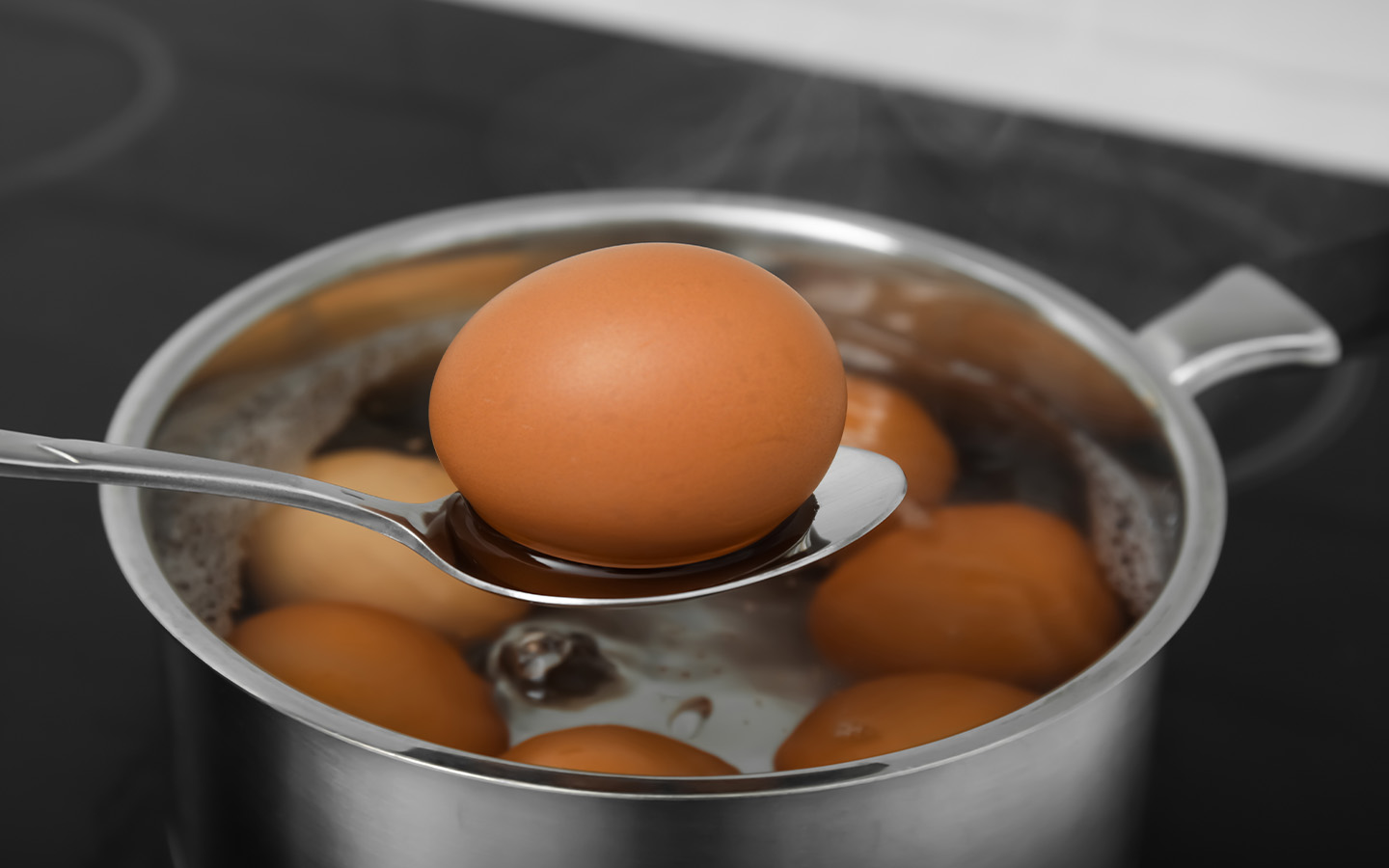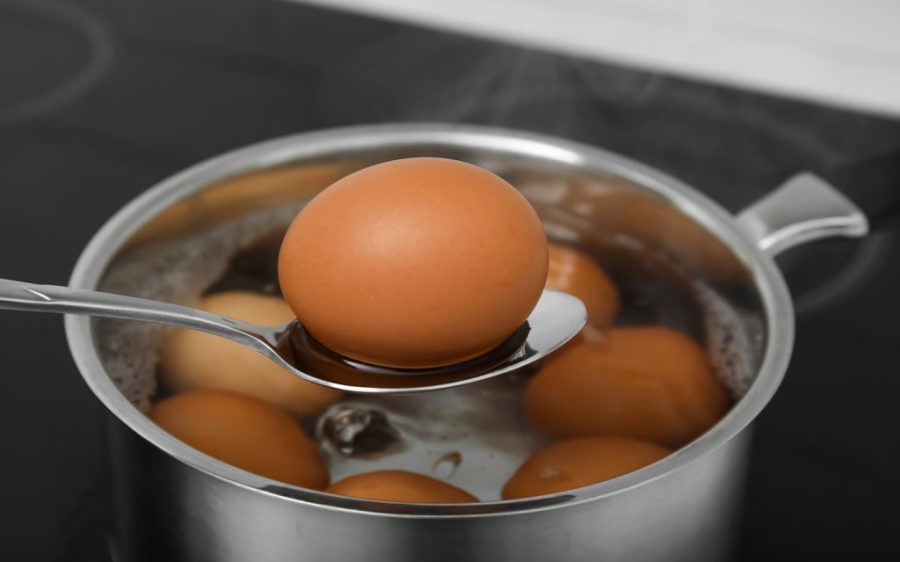Italian scientists claim to have developed a new way to perfectly cook an egg that’s still in its shell – while also generating more nutritional benefit than other methods, according to multiple media reports.
Study authors outlined the process in the journal Communications Engineering, involving cycling an egg (63–73 grams) from boiling water to tepid water (30°C) every two minutes for a total of 32 minutes. This “periodic” cooking method aims to address the biggest obstacle to cooking eggs in-shell: the optimal temperature for cooking whites (85°C) is significantly higher than the optimal temperature for yolks (65°C).
To researchers’ surprise, this method also resulted in a higher amount of polyphenols, a micronutrient believed to offer significant protection against development of various chronic diseases, than other egg cooking techniques.
What causes this difference in polyphenols will require further research, although lead author Emilia Di Lorenzo, a materials and food scientist from the University of Naples, believes it may be the result of the periodic egg being cooked at the exact temperatures that cause proteins in whites and yolks to break down.
Study co-author, Ernesto Di Maio, first considered the challenge of cooking eggs in-shell while sharing a beer with a colleague. Di Maio wondered if he could apply his expertise as a materials scientist to perfectly cook both the yolk and white of an egg.
[See more: Manteigaria officially opens its first branch in Macao]
Thermal profiles modelled by the team indicated that the egg needed to go through periods of being in hot and cold water so the white experiences temperatures ranging from 37°C to 100°C, while the yolk remains at 67°C the entire time.
The Italian team is far from the first to tackle this common cooking challenge. The Japanese onsen tomago (hot spring egg) is boiled in-shell, between 63°C and 70°C, for creamy whites and yolks.
Another method, the 65°C egg or 6X egg developed by French physical chemist Hervé This in 2002, places an egg in a vacuum-sealed food bag then slow-cooks it in 65°C water for a custard-like consistency. Neither method results in a fully set egg white and the proteins that don’t reach a high enough temperature to coagulate are often drained off.
The periodic egg went head-to-head with the 6X egg, as well as soft- and hard-boiled eggs, in a taste test by an independent panel included in the study. That evaluation found that the periodic egg had whites similar to soft-boiled and a yolk similar to the 6X, which can take twice as long to cook.
Hervé This offered Australia’s ABC News several critiques on the new paper. He dismissed periodic cooking as not being new, saying it was proposed around a century ago for meat and that he had tested it himself with “no sensory advantages.” He also took issue with practicality, noting that his own 6X method could be done in a domestic oven or even in a dishwasher – a household appliance very few people would even consider for cooking.






